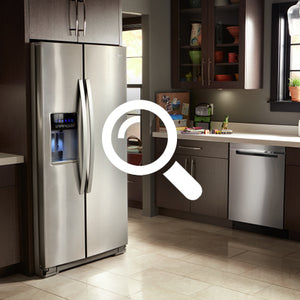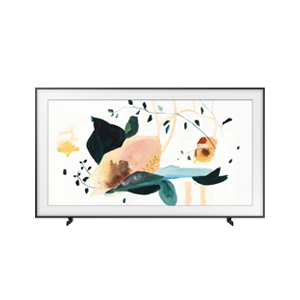With so many options, planning your charcuterie board can feel overwhelming, but there are a few things to keep in mind that can help make the process less daunting. First, think about your board in categories, then choose ingredients for each category that complement but contrast each other.
For example, let’s say you want your board to have three cheeses—choose an aged cheese for slicing, a soft or spreadable cheese, and a firm or crumbly cheese. The same principle works for meats—paper-thin prosciutto, spicy salami, and mild mortadella, for example. Or, if you really love salami, get three kinds of salami, but choose a good variety or range of spice-levels.
You’ll also want to add all of the extras that make charcuterie boards colourful and interesting. Again, group them into categories—pickled things, sweet things, crunchy things, dips and spreads, etc.—and aim for a range of colours, textures, tastes, and shapes to bring your board to life. Here are some of our go-tos for the "extras":
Pickled and savoury: cornichons or gherkins, a variety of olives, artichoke hearts, pepperoncini, pickled red onions
Sweet: grapes, sliced apple or pear, fresh berries, dried fruit (apricots, cranberries, cherries), dark chocolate
Dips and spreads: fruit preserves, honey, gourmet mustard, fig spread, hot pepper jelly, jarred antipasto
Crunch: roasted nuts (almonds, pecans, cashews), fresh veggies, crackers, breadsticks
And, remember, don’t overthink it. Charcuterie boards are a great opportunity to experiment with different combinations of flavours and a low-risk way to try new things. Who knows—you might find some new favourites!















